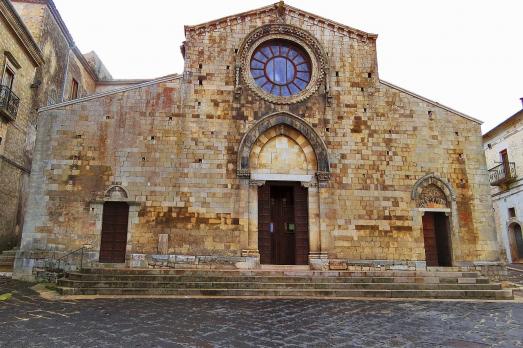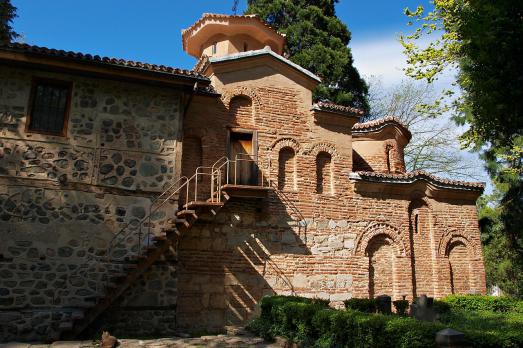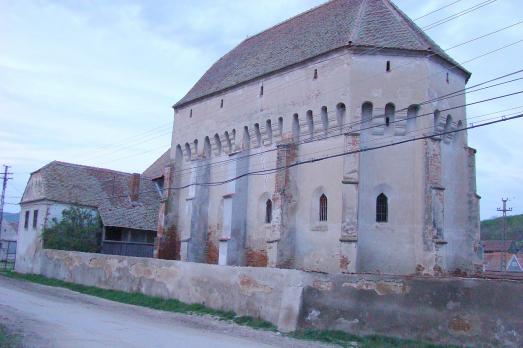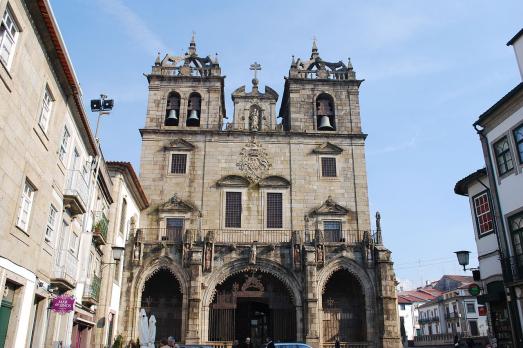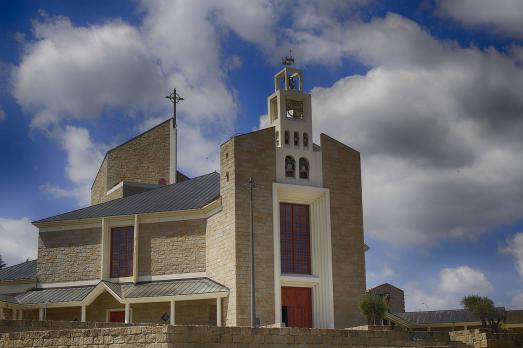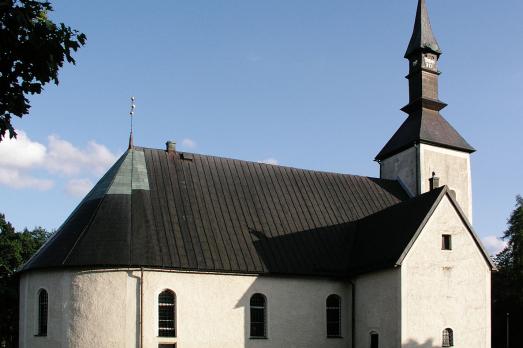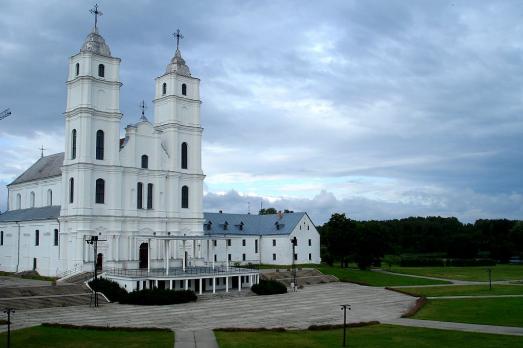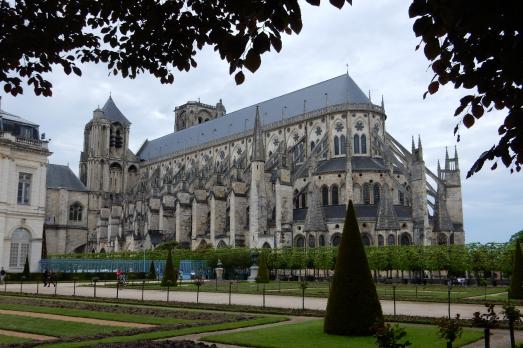
Bourges Cathedral
Bourges, FR
It was in 1195 that Henri de Sully decided to rebuild the cathedral of Bourges from the chevet in the Gothic style. The work continues under the archbishopric of Guillaume de Dangeon, successor since 1199. The second campaign, completed around 1230, saw the construction of the nave and the western façade. The north tower was rebuilt after its collapse in 1506.
